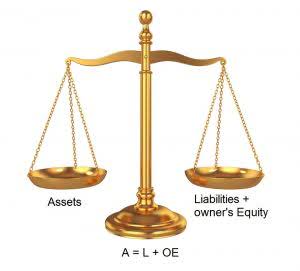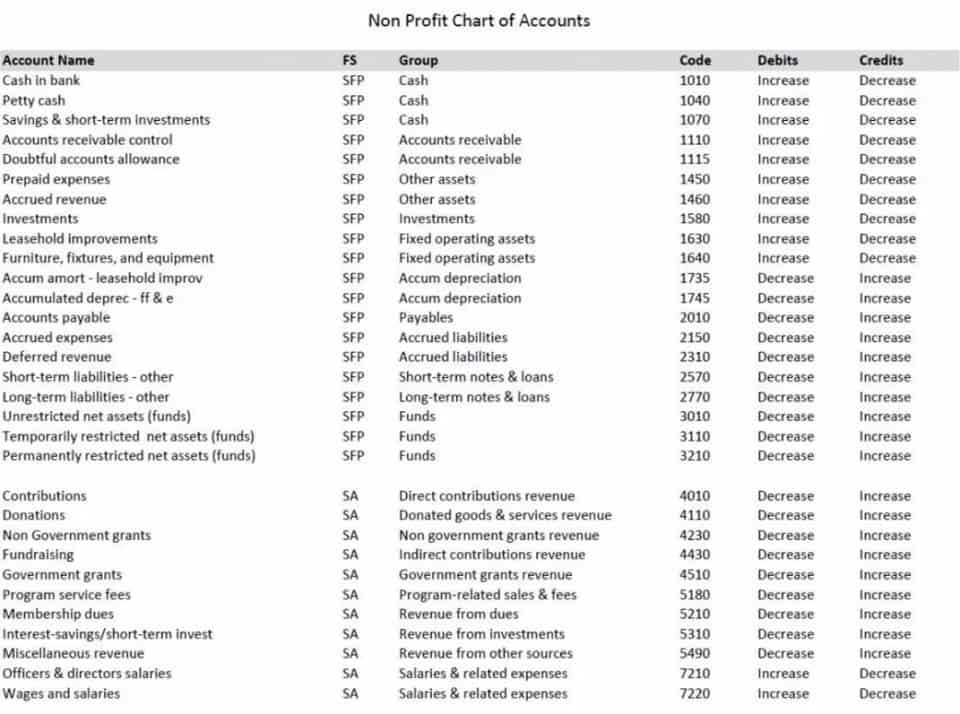
They might also have to address denied claims and clients who just do not pay. Use that information to anticipate slower times of year so you can plan ahead.Set goals to increase profit. Now that you know where you stand, decide if you want to add sessions, diversify your income streams, or adjust your rates. While every therapy practice has different needs, there are some signs you’re probably ready to outsource your bookkeeping.
The 2024 Student Loan Forgiveness Plan
Intangible assets are things like money owed to you and even the values of potential appointments on your calendar that you have not had yet. When you add the value of all those together (tangible and intangible assets) the number you get is what is your total assets (keep this in mind). And from a business accounting standpoint, that big lump sum number is what you can potentially pay yourself from.
We help other small businesses & tech employees too!
Cheaper is not always better when it comes to renting space. You could also get a shorter lease so that way, the commitment will not hold you back when your practice starts to grow. You could also use an “old school” paper accounting journal.
Keep your clinical records separate from your accounting records
We help you with choosing the right accounting method, recognizing income, preparing 1099s, and much more. Your profit and loss statement can be used to let you know your bookkeeping for therapists “profit margins”, which is the percentage of profit made from each session. It’s almost impossible to bring on new employees or clients if your books are a mess.

For me, when I went into private practice, I knew how to balance my checkbook, but that was about it! But if you break it down into simpler terms it a little easier to understand. Unless you had some coursework as an undergraduate in accounting or bookkeeping, most of us in the mental health fields have had little to no education or training on those subjects. I know that was true for me. I do well just to keep my checkbook balanced! Some basic accounting practices and knowledge was something I had to learn.
Financial Coaching & Advice
In other words, if you do your accounting properly, you wind up saving money. In fact, by positioning yourself in a place where you can be in constant connection with your real financial situation, your sense of responsibility and ownership will solidify even more. Notice how these are not exactly related to numbers or your ability to do math.

The Complete Chart of Accounts for Therapists
In general, bookkeeping should take about an hour each month. In this amount of time, a clinician can reconcile and categorize their expenses, decide if their current expenses are worth it, and plan for the next month’s income. In this episode, Gordon and accountant Julie Herres discuss common mistakes private practice owners make in regard to https://www.bookstime.com/ accounting. Some standard numbers every owner should know are how much you are bringing in, your overhead, variable costs, and how much you need to take home each month. Another common mistake private practice owners make is not spending enough money?! Julie explains how essential it is to start spending money in order to make more money.
- So if you charged $100 per session you would need to have 10 sessions to “break even”.
- Instead, utilizing careful planning will not only help your practice stay on top of obligations, but it can also help you implement money-saving tax strategies.
- In 2020, the federal government estimated that Medicare improper payments against healthcare providers came to $43 billion.
- This is another reason why you will need to use a separate accounting system for your tracking your business income and expenses.
- That way you can track your income and expenses for both business and tax purposes.




